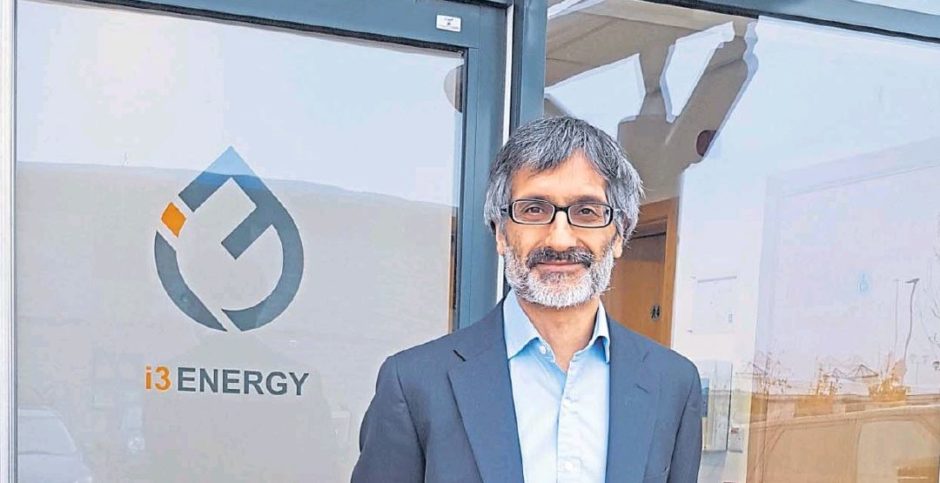
The CEO of i3 Energy (LON: i3E) has outlined hopes for a smaller development at the Serenity discovery despite disappointment at the appraisal stage.
“It’s clearly not 200 million barrels anymore, it’s going to be much smaller than that, but there is still some oil there,” he said in an interview with Proactive.
I3 had thought Serenity had 200 million barrels in place, with 100 million recoverable – of which the Westhill-headquartered firm would have received 75 million.
A disappointing appraisal well this week is likely to see it downgraded, as the sand body where oil was found when Serenity was discovered in 2019 does not extend to the location of the appraisal.
Mr Shafiq said: “We’ve got now a sand body containing oil that extends some way up to this well, that’s now the uncertainty as to how big that sand body is.
“That’s essentially the result. We still have sand in the Captain (reservoir) which has oil in it. The uncertainty for us is the size of that.”
Shares in i3 Enrgy dropped 10% on Monday following the Serenity announcement.
Mr Shafiq affirmed that the most likely option going forward would be a tie-back to Repsol Sinopec’s subsea infrastructure for the Tain development, which is expecting FID next year.
I3 Energy will remap Serenity
“Ultimately we need to remap what we have, and once we’ve remapped it, it will give us a new most likely volume around the discovery well.
“That will allow us to develop a development plan for what we already have.
“The reservoir that we have, the Captain reservoir, is one of the best in the North Sea. So it produces at really high rates, as is shown with all these Captain wells that are on production in Blake, the Tain well test, etc.
“So you don’t need a very thick sand to produce at high rates, the Tain well produced over 4,000 barrels a day from a 3ft sand, we have 11ft.
“The most likely development plan for this now is a single-well development, probably tied into Tain subsea infrastructure.”
Economics
That option would still have favourable economics, said the head of the London and Toronto-listed player, which also has a growing business in Canada.
“If it’s done that way, capital costs will be really, really low. $10 a barrel, thereabouts, the operating costs will be less than that.
“That means you only need a very small volume to have low break-evens.
“So there is still potentially a viable development plan for a small field around the discovery. That’s what we now need to do, the technical work, establish what we think the size of the field actually is and develop a development plan that’s appropriate to that.”
Ultimately, drilling the appraisal at $5.7m cost to i3 was a no brainer either way, he argued.
The cost represents around 2.5% of projected net operating income for 2022 for the company, and would have exposed the firm to 75m barrels if successful.
“This was a well we had to drill simply because of the exposure.
“That’s something you just have to do if you have that type of well in your portfolio”.
